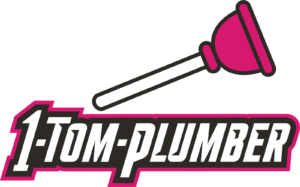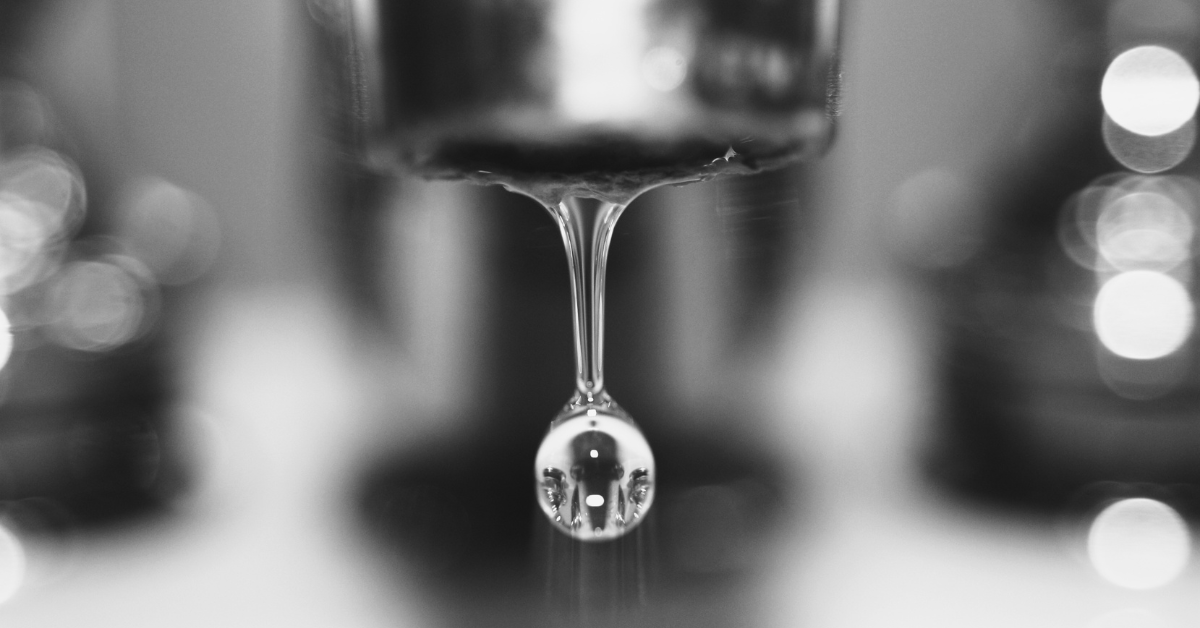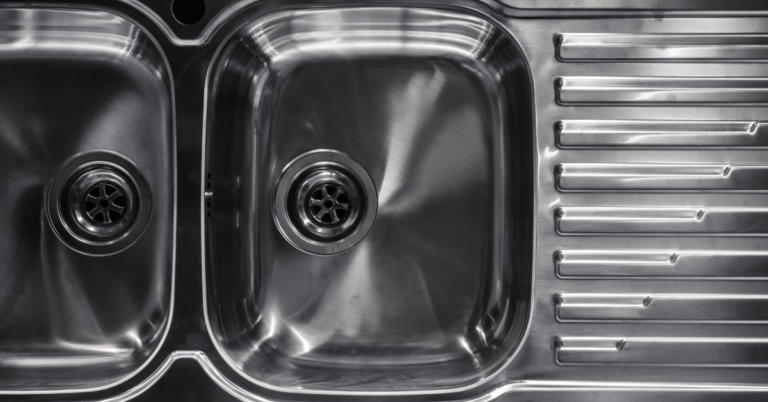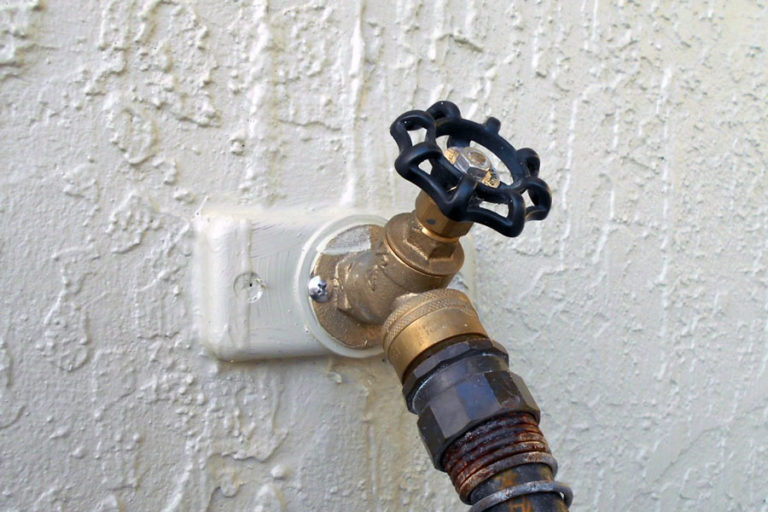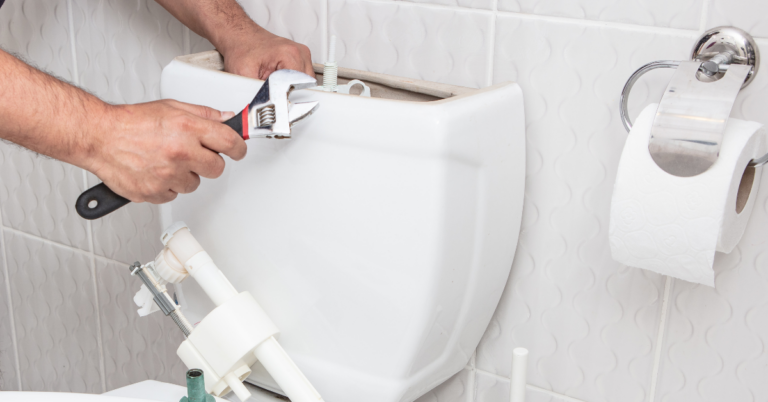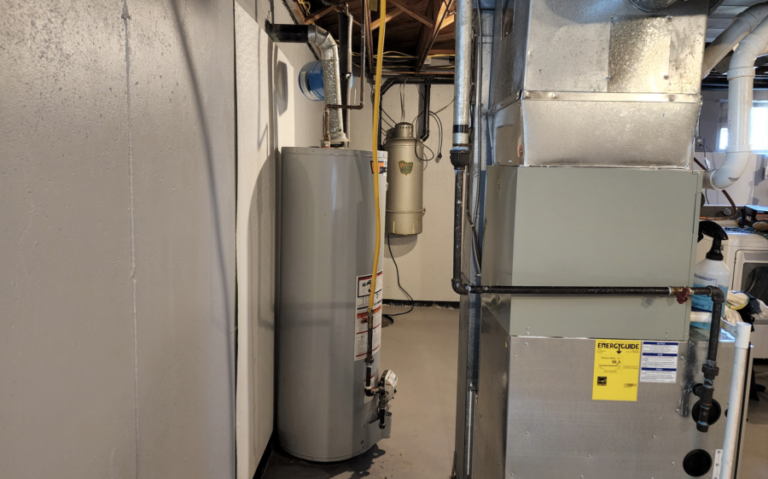Touchless Faucets (And Why You Need One!)
Touchless faucets have made it to many public restrooms across America, and it’s obvious why. Anything that is touch free has substantial benefits to our health.
One of the most common ways for people to get sick is to touch something that has germs on it. Touchless faucets use sensors that will detect if your hand is under it ready to wash. These are often controlled by infrared or ultrasonic sensors.
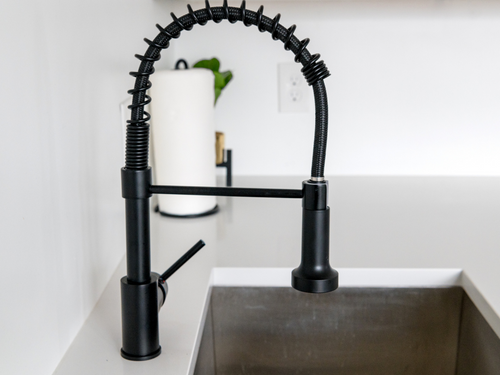
Pros and Cons
Pros
Hygiene:
Hygiene is one of the most beneficial things about touchless faucets. It allows you to completely avoid the spread of germs through touch. Hygiene is the biggest focus for why touchless products are so beneficial. This is a big advantage especially because of how quickly germs spread on surfaces that get touched often.
Water Conservation:
Conserving water is a big win for the environment. The amount of water saved would be astronomical if touchless faucets were in use in every bathroom around the world. They are designed to have a low flow rate and to prevent leakage.
It also prevents people from leaving the sink on after washing their hands. Sometimes people will leave the faucet running to avoid having to touch it after just washing all the germs away. The touchless faucets eliminate that issue entirely.
Convenience:
Touchless faucets are very convenient for people who have trouble reaching or using the traditional faucet. They are also convenient for small children who have trouble reaching to turn the faucet on and off.
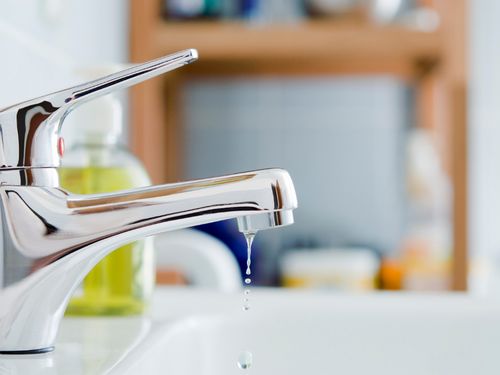
Cons
Costs:
Touchless faucets typically cost more than traditional faucets. Anything that uses more technology you should expect to cost more. Touchless faucets have advanced technology that allows them to sense when your hand is there so they know when they need to turn on and off.
Use Electricity:
Touchless faucets use electricity, which means they are unusable during a power outage. The good news is, for many faucets it’s possible to use batteries to power them, so if there is a power outage not all hope is lost. It can still be an inconvenience if you forget to put in batteries or if they die at the worst time.
Even though electricity can be a downfall, there is an upside. Some touchless faucets have a solar powered option. Solar power allows the faucet to charge through sunlight, which will save on costs and charge the battery even if the power goes out. Of course if it’s a gloomy day solar power won’t be as beneficial, but it might just save you in the end.
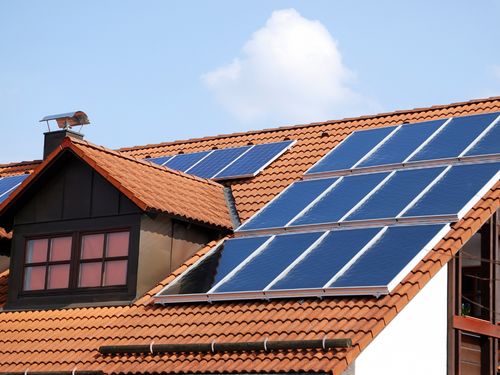
Final Thoughts
Touchless faucets are a great option, but they might not be the best option for everyone. If you don’t use your faucet often, you might be okay settling for a traditional faucet.
Touchless faucets are more beneficial when used in a public space where there’s a lot of traffic and germs spreading around. It may be an inconvenience if only one or two people use the area, especially if it’s never really put to use.
Call 1-Tom-Plumber
Don’t hesitate to contact us here or call us at 1-Tom-Plumber (1-866-758-6237) if you need a faucet installed. 1-Tom-Plumber’s certified team of plumbers and drain technicians respond immediately to any emergency plumbing, drain cleaning, or water damage problem.
We also handle the excavation of underground water lines and sewer main lines. Our immediate-response team is available every day and night of the year, even on holidays.
